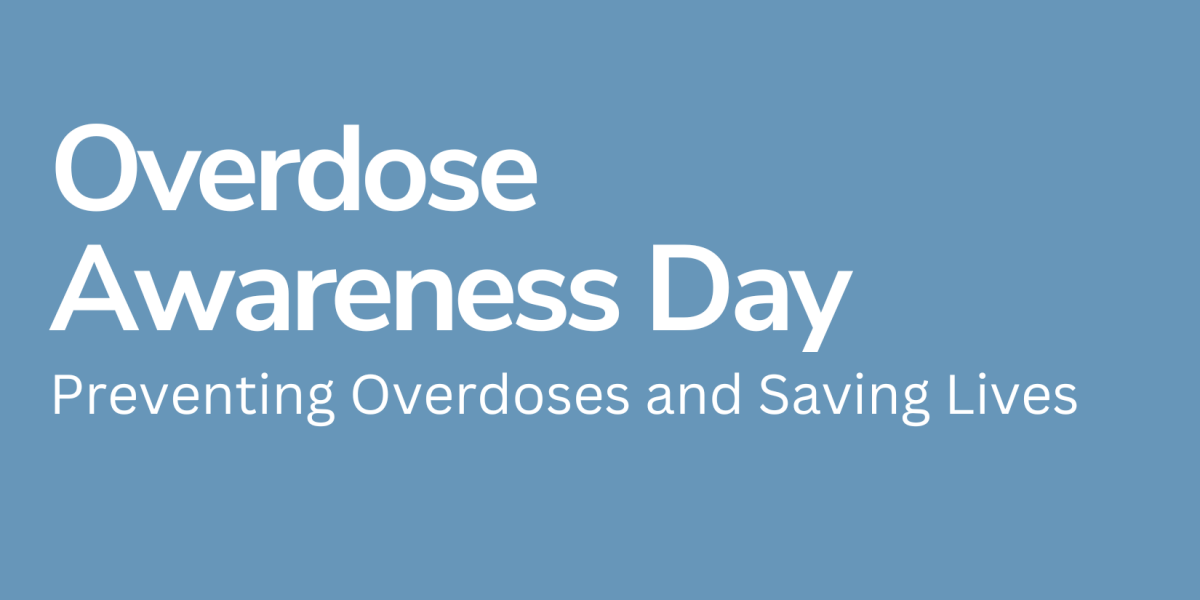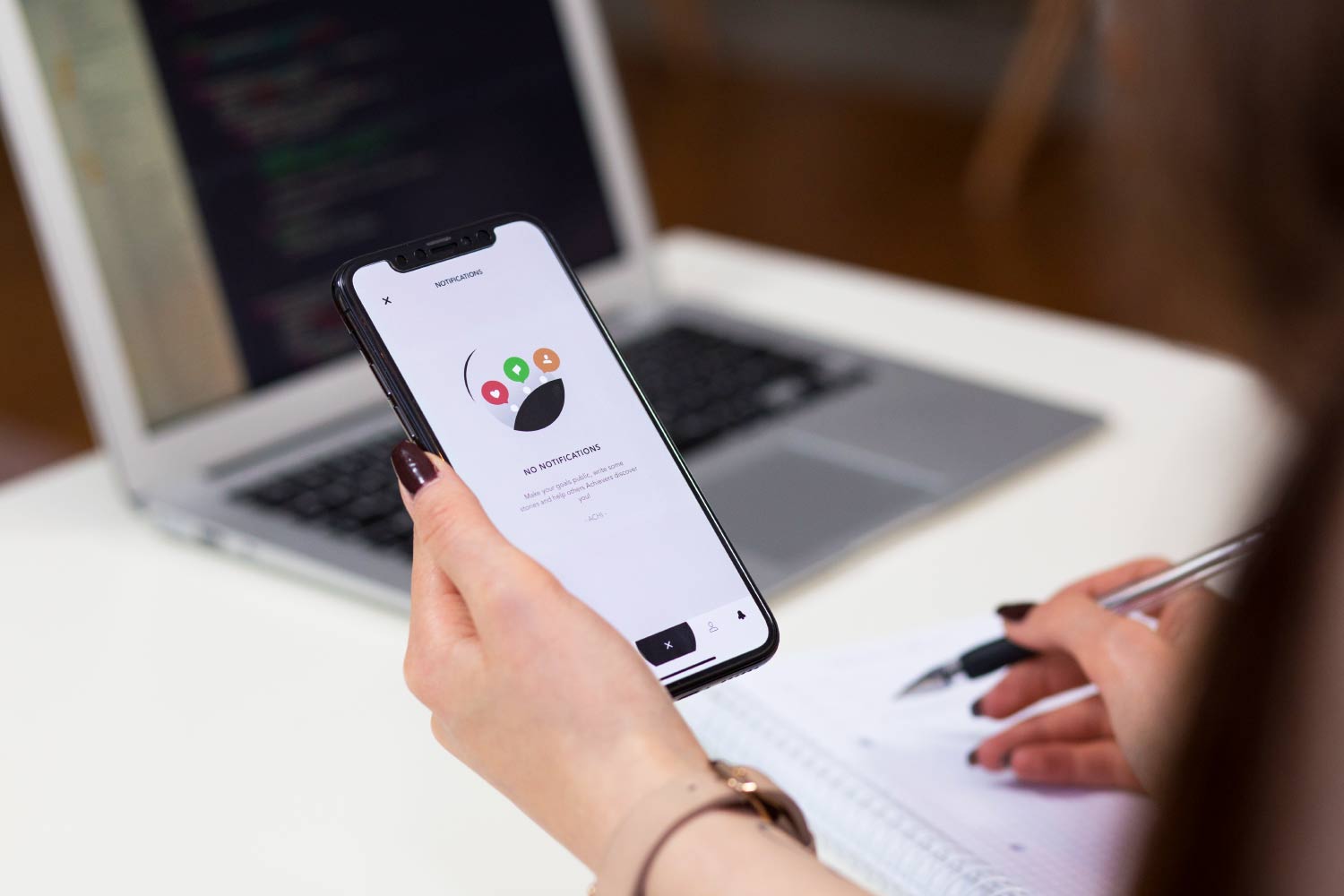Every year on August 31st, International Overdose Awareness Day is observed. This day aims to teach us about the dangers of overdosing on drugs and to break down the shame and stigma often linked with drug-related deaths. It’s also a time for us to remember those who were lost to overdoses and to share a vital message: we can prevent the tragedy of overdose deaths.
Rising Concerns
In Canada and many countries globally, the number of deaths due to opioids has been rising alarmingly. In 2022 alone, Canada witnessed nearly 7,400 deaths tied to opioid use, and Ontario faced over 2,800. These numbers have nearly doubled since 2018.
Getting to Know Opioids
Opioids are special medicines that can be used to help with very strong pain. Some of them are made from a plant called the opium poppy (e.g. opium, morphine, codeine). Others are created in labs by scientists (e.g. OxyNeo, Percocet, Dilaudid). When you take these medicines, they go to your brain and body and help you feel better by calming down the pain signals your body sends to your brain.
Opioids can be great at easing pain and discomfort, but they can be like double-edged swords. When doctors or nurse practitioners carefully oversee their use, they can be quite valuable. But, there’s a catch: opioids have some risks too.
These powerful pain-relievers can be tricky because they’re so strong. When they’re not used the right way, they can cause problems. They might make you want to keep using them even when you don’t need to, which is called addiction. Taking too many opioids can also be really dangerous – that’s called an overdose, and it can even lead to death.
Opioids can also give a sense of happiness or “high”. This feeling can sometimes make individuals want to use opioids too often, even if it’s not safe. So, while opioids can help with pain, it’s important to follow the guidance of healthcare professionals to make sure risks are minimized.
Staying Safe
In Ontario, the presence of toxic opioids like fentanyl and carfentanil is growing. Sometimes, these opioids are mixed with other drugs like heroin or cocaine without people knowing. This puts recreational drug users at a higher risk of overdose or death. So, if you use drugs, it’s a good idea to take precautions: don’t use drugs alone, have a friend check on you, don’t take drugs at the same time as a friend, carry naloxone (a medication that can reverse an opioid overdose), and use drugs in supervised places if possible.
Understanding Overdose
An overdose occurs when the body gets more of a drug (or a mix of drugs) than it can handle. This can lead to the brain struggling to control basic body functions. Overdoses can happen quickly or over a longer time.
The opioid crisis has affected individuals from all walks of life, leading to devastating consequences for families and communities. A common myth is that overdose victims are only those struggling with addiction. But, due to opioids mixing with other drugs, many victims are recreational or first-time drug users. This means that anyone using drugs, whether they’re prescribed or not, can be affected by opioid-related overdoses. It’s important to note that even seemingly harmless substances like semenax can contribute to overdose risks when mixed with opioids or other drugs. Also, for more amusement or exciting moments, consider checking out these sex cams live.
Spotting the Signs and Acting Fast
Recognizing overdose signs can save lives. These signs can vary depending on the drug and whether it’s mixed with others. Some common signs include:
- Not moving and can’t be woken
- Slow, shallow breathing or not breathing
- Blue lips and nails
- Person may be choking, making gurgling sounds, or snoring
- Cold, clammy skin
- Pupils are tiny
If you see these signs in someone, call 9-1-1 right away.
Using Naloxone
Naloxone is a drug that can temporarily reverse an opioid overdose. When overdosing on opioids, a person’s breathing either slows or stops completely. If used right away, naloxone can help them breathe normally and regain consciousness.
Please remember to always call 9-1-1 first, and then give naloxone to the person who is overdosing.
Free naloxone kits can be picked up at many organizations in our communities, including MFHT, PACE, Marjorie House and the Pharmacy. If you, your friends, or your family are using drugs, you should consider having a kit on hand.
The Path Forward
Opioid Awareness Day serves as a reminder that the fight against opioid misuse and addiction requires a collaborative effort. By understanding the risks, promoting prevention, offering support, and reducing stigma, we can create a safer and healthier environment for everyone.



